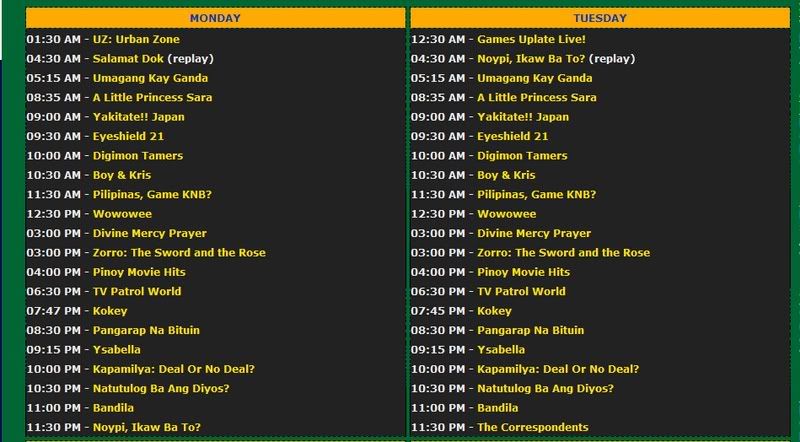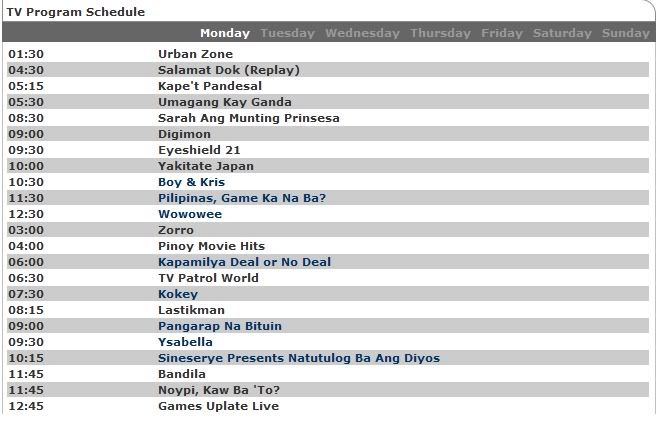PART ONE: Capturing an Audience
I remember the time when I would browse through the pages of TIME magazine and would immediately flip towards the end where the Entertainment Section would be. Now don't get me wrong; I'm not exactly a fan of celebrity gossip, local or Hollywood may they be. However, I find myself amused with the way TIME's writers would make snide remarks and witty comments on the celebrities they were featuring (and criticizing.) So imagine my surprise one day when I picked up a new issue, flipped to the last pages, and discovered that the Entertainment Section was gone.
That's impossible, was my first thought. No matter how much one places a high value on journalism, nowadays, news can't survive without some form of celebrity gossip. So i flipped back to the table of contents and, sure enough, I found out that the Entertainment Section was still part of the magazine. What surprised me was that this time, TIME moved it to its front pages.
This sparked my interest immensely. Before, I had been under the impression that the reason why TIME featured their Entertainment Section last on its pages was because it featured the least important issues. And I assumed that its use was also to offer comic relief from the serious issues TIME tackled like politics, terrorism and poverty - kind of like having a light dessert after a heavy meal.
However, it seemed that the readers were like children - they were reaching for the dessert before they even had the main course. TIME seemed to have been aware of this. So instead of going through the trouble of persuading the "children" to "eat" the main course, they simply "lured" them to the table by giving them exactly what they first wanted - their Entertainment, their "dessert." It will then be easier to get them to eat the main course - the "important" news, the agenda TIME would like to set - because they're already at the table; it would have been more difficult to get them to go to the table in the first place if they weren't interested. In short, before effective persuasion can occur, one has to make sure that he first knows an effective way to capture the audience's attention. What better way to set an agenda successfully than making sure the agenda is packaged right? And this, I believe, is one of the most overlooked aspect of agenda-setting.
To quote David Altheide said in his book, Media Power:
“A major question seldom addressed in the plethora of research that has been conducted on media messages, an [sic] especially TV news, is what must be done to package a message in order to make it appropriate for a medium and the temporal and spatial contexts in which audience members receive information. Interestingly enough, the concern for the audience – including trying to just get a lot of them to watch – is a key feature of the overall news process; if the news workers throughout the world were not concerned whether or not anyone watched, the way news reports are produced would probably be much different, albeit difficult to imagine. Now, it is certainly true that news producers throughout the world who want their audiences to “watch and listen” may be motivated by different reasons; e.g., to make money, to exert political power and control, to save the world. Nevertheless, the TV-news-communication-process is like all communications processes in one very important regard: it is interested in having an audience.” (Emphasis mine.)
- Altheide, David L. Media Power. London: Sage Publications, 1985.
And this therefore is my main point in this blog entry: news, as the primary form of agenda-setting for media, would never function as an agenda-setter if it doesn't have an audience in the first place. And therefore what the people behind the news have to make sure is that 1) they must capture the audience's attention and 2) they must keep the audience interested enough for the agenda to be set successfully upon them.
With this in mind, I will now try to tackle and prove this aspect of agenda-setting by focusing on how two of the largest and most-watched television networks in the Philippines - ABS-CBN and GMA7 - presents their news.
First up is ABS-CBN. Their primetime news program during weekdays is TV Patrol World. It is aired around 6:30 each night, after "Kapamilya: Deal or No Deal?" and before "Kokey."
Source: http://beta.abs-cbn.com/Programs/tabid/70/Default.aspx
Here's the interesting part. Before, ABS-CBN's weekday schedule was like this:

Source: http://telebisyon.net/programa/ABS-CBN/daily/station/
Before, as you can see, "Kapamilya: Deal or No Deal?" was being aired at 10 PM, after three of ABS-CBN's telenovelas. Though I couldn't get the source for its exact ratings, it's still pretty obvious that "Kapamilya: Deal or No Deal?" is one of the network's highest rating programs. ABS-CBN knows that many people watch the program, which is probably the reason why it used to air the program so late at night. The network knows how much these people are willing to wait just to watch the program, and in doing so, the audience were forced to watch the other shows lined up before the program, boosting the network's overall ratings in the process. It's a devious yet lucrative technique - kind of like the way mothers coerce their children to eat their vegetables with the promise of a sumptous dessert by the end of the meal.
The problem with this previous line-up of shows was that the agenda-setting "power" of "TV Patrol World" had been slightly undermined. All of ABS-CBN's interesting and high-rating shows were aired after "TV Patrol World." The program that was being aired before "TV Patrol World" didn't help either; "Pinoy Movie Hits" were usually just reruns of old movies that most people have already watched - or at least already have a pirated copy. Therefore, there had been a higher tendency for the audience to just skip watching news altogether and simply proceed to the lighter, more entertaining shows that followed. After all, as surveys continuously prove, Filipinos are optimistic by nature. Why would they sit through uneasy stories of crime and corruption in news programs if they have a choice not to watch them anyway? As with the analogy of the meal: kids wouldn't bother to eat tasteless veggies if they have a choice not to eat them in the first place.
The solution ABS-CBN came up with was very clever. It shortened the air time of "Pinoy Movie Hits" and moved "Kapamilya: Deal or No Deal?" before "TV Patrol World." This time, the audience now have a reason to stay tuned to ABS-CBN even before "TV Patrol World" is on air. And because the audience are also avid followers of the telenovelas that air after "TV Patrol World," it's more logical for them to just simply sit through and watch "TV Patrol World" than risk missing the start of "Kokey." In short, because "TV Patrol World" is now "sandwiched" between two of the network's top programs, it increases the likelihood that the news program will cater to a large audience. It's similar to the way TIME magazine moved its Entertainment Section to its front pages and sandwiched its main stories in the middle. It's a natural solution - after all, capturing and maintaining the audience's attention is every mediamaker's primary concern.
GMA 7 is not much different in its objectives, although it employs a different tactic. Their primetime news program during weekdays is "24 Oras." This is the network's schedule of shows:

Source: http://telebisyon.net/programa/GMA+7/weekly/station/
Before college life prohibited me from having a regular social life, I was a regular viewer of GMA 7. There were two things I noticed with the way the network ensures an audience for "24 Oras." Like ABS-CBN, GMA 7 sandwiches its primetime news program between two high-rating shows. However, GMA 7's tactic is slightly different from its rival.
One, it makes sure that the program being aired before "24 Oras" is a high-rating show that targets the media's most lucrative audience: the teen market. That's why the shows before "24 Oras" are usually asianovelas - romantic comedies about two teenage lovers tiptoeing around each other before admitting their feelings. One example is "Meteor Garden," as shown above. Other asianovelas that supposedly captures teens' lives (and therefore captures their attention and sympathy as well) are "Good Luck," "Great Teacher Onizuka," "Gokusen," and "Hana Yori Dango," (the Japanese version of "Meteor Garden") to name a few. What makes this tactic successful is that because teens are the biggest market of consumers, it's also likely that television sets in most homes are tuned in to these teen shows, ensuring that the TV is already on even before "24 Oras" is being aired.
So how does GMA 7 ensure the audience tunes in long enough to watch its news program? By employing its second tactic: placing its premiere shows after "24 Oras." I noticed that whenever GMA will air a new series, fantaserye or telenovela, it always adjusts the schedule of their primetime shows by placing the new program right after "24 Oras." And this is another successful tactic; because people are intrigued to find out what the new program is about, the audience is likelier to sit through "24 Oras" in order for them not to miss the new program's premiere. As shown in the example above, GMA recently launched "Zaido: Pulis Pangkalawakan" last October 1.
Agenda setting, therefore, is not only merely about isolating an agenda and deeming it important. Media has to first make sure it has an audience in which to set this agenda upon. And this is media's first power in agenda setting: before it even sets an agenda, it already determines when and how an agenda will be set upon its audience.



No comments:
Post a Comment